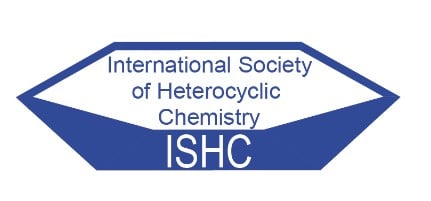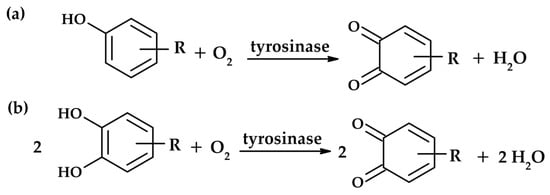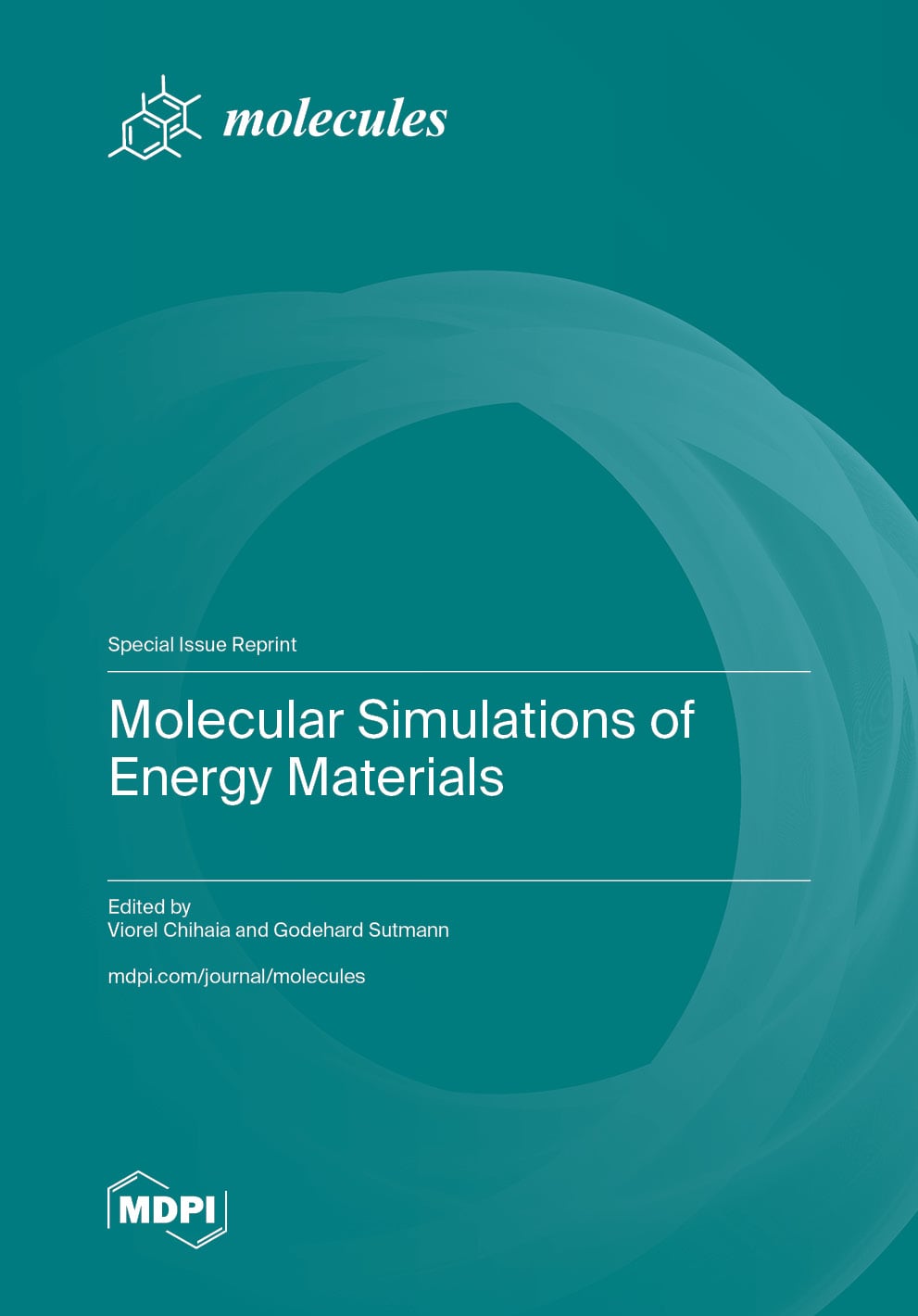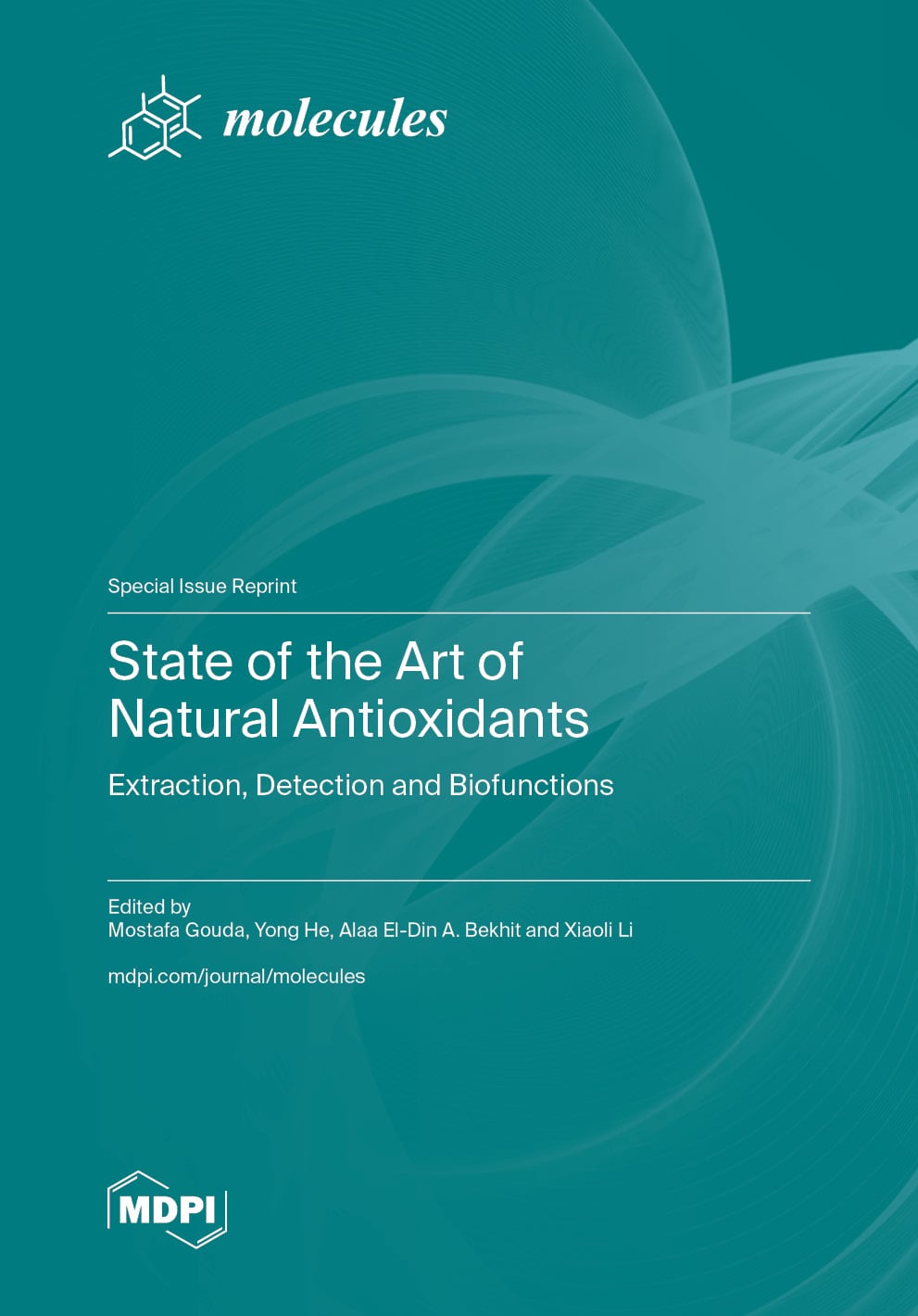- Review
Microalgae and Macroalgae as Advanced Sources of Tyrosinase Inhibitors
- Joanna Harasym and
- Katarzyna Hałdys
Tyrosinase (EC 1.14.18.1) is the primary enzyme responsible for melanogenesis in mammals and enzymatic browning in food, creating a high demand for potent, safe inhibitors of this enzyme in the cosmetic, medical, and agricultural sectors. Conventional synthetic inhibitors often face limitations concerning their cytotoxicity and stability, necessitating the exploration of marine natural products (MNPs). Marine algae, comprising macroalgae (seaweeds) and microalgae (including cyanobacteria), represent an underexploited source of structurally diverse bioactives. Macroalgae, particularly brown species, yield complex phlorotannins, such as the non-competitive oligomer dieckol, which exhibits an IC50 of 2.16 µg/mL. Conversely, microalgae deliver high-potency, low-molecular-weight compounds, notably the synthesizable scytonemin monomer (ScyM) with an IC50 of 4.90 µM—significantly stronger than kojic acid. Mechanistic analysis, supported by molecular docking, reveals diverse modes of action, from the two-step slow binding of complex phlorotannins to the highly specific competitive binding of red algal bromophenols. Translational success requires the consistent application of green extraction techniques, such as Natural Deep Eutectic Solvents (NADESs), and advanced delivery systems, like Nanostructured Lipid Carriers (NLCs), to ensure the stability and bioavailability of these compounds for future cosmeceutical and medical applications.
20 December 2025







